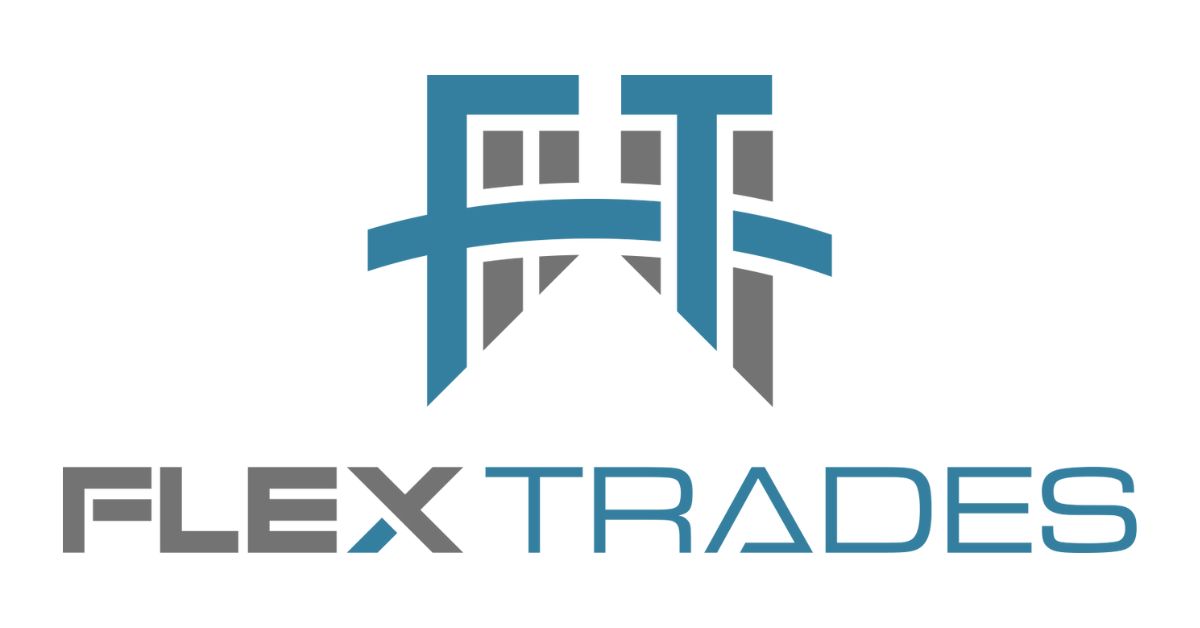In the heart of every bustling factory, amid the rhythmic dance of machines and the harmonious clatter of production, stands a figure often overshadowed by the very processes they keep in motion. This figure is the Plant Manager, the unsung hero of the manufacturing industry. While the spotlight rarely shines on these pivotal players, their impact resonates through every product rolled off the assembly line and every innovation that paves the way for future successes.
The Conductor of the Orchestra
Imagine, if you will, an orchestra without its conductor. The musicians, though skilled, would struggle to maintain harmony without someone to guide their tempo and unify their sounds. Similarly, a manufacturing plant, teeming with potential, relies on the Plant Manager to synchronize operations, personnel, and strategy. They are the conductors of a complex symphony, orchestrating the seamless integration of various departments to produce a masterpiece of efficiency and productivity.
The Guardians of Quality and Innovation
Plant Managers are the guardians at the gate of quality and innovation. They ensure that every product not only meets the standards expected by consumers but also surpasses them. Their keen eyes for detail and relentless pursuit of excellence drive continuous improvement, making the difference between a product that satisfies and one that delights. Moreover, their foresight in adopting new technologies and processes positions their facilities at the cutting edge of the industry, paving the way for breakthroughs that redefine what is possible.
The Champions of Their People
Perhaps the most impactful role of Plant Managers is that of a champion for their team. They nurture an environment where safety is paramount, collaboration is encouraged, and every voice has the potential to spark change. By investing in their people, providing opportunities for growth, and fostering a culture of respect and inclusivity, they create a workforce that is not only skilled but also motivated and engaged. This people-first approach is the cornerstone of any successful operation and a testament to the leadership and empathy of these managers.
The Catalysts for Sustainability
In today’s world, where sustainability is not just a goal but a necessity, Plant Managers play a crucial role in steering the manufacturing industry towards greener practices. They are at the forefront of implementing eco-friendly processes, reducing waste, and ensuring that their operations leave a minimal environmental footprint. Their commitment to sustainability is not just about compliance; it’s about leading by example and inspiring others to follow suit, making them true pioneers in the march towards a sustainable future.
Conclusion
In the grand narrative of the manufacturing industry, Plant Managers might not always take center stage, but their role is undeniably critical. They are the unsung heroes who drive progress, uphold quality, champion their teams, and lead with a vision for a sustainable future. As we celebrate the marvels of manufacturing, let us also pay tribute to these tireless leaders whose dedication and hard work keep the wheels of industry turning. The next time you admire a product for its quality, innovation, or sustainable attributes, remember the Plant Manager, who played a pivotal role in bringing that product to life.
Now, we turn the spotlight to you, the reader. Whether you’re directly involved in the manufacturing industry or simply recognize the vital role it plays in our daily lives, join us in celebrating these unsung heroes.
Share Your Thoughts: Take to social media to express your appreciation for Plant Managers and the impact they make. Use the hashtag #UnsungManufacturingHeroes to share stories, acknowledge achievements, and highlight the human element behind our manufactured goods.
Celebrate Their Contribution: If you’re part of the manufacturing world, take a moment to acknowledge and celebrate your Plant Manager. Whether it’s through a simple thank-you note, a company-wide shoutout, or a celebration of their achievements, let’s make sure these heroes feel valued and recognized.
By fostering a culture of recognition and appreciation, we not only uplift the individuals who drive our industries forward but also inspire a future generation of leaders to strive for excellence. Join us in heralding the unsung superheroes of the manufacturing sector – the Plant Managers whose vision, dedication, and hard work keep the wheels of progress turning.













